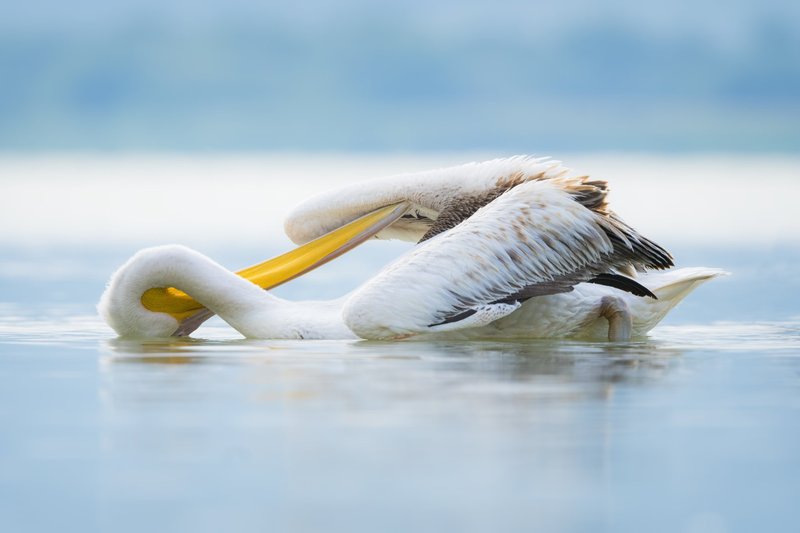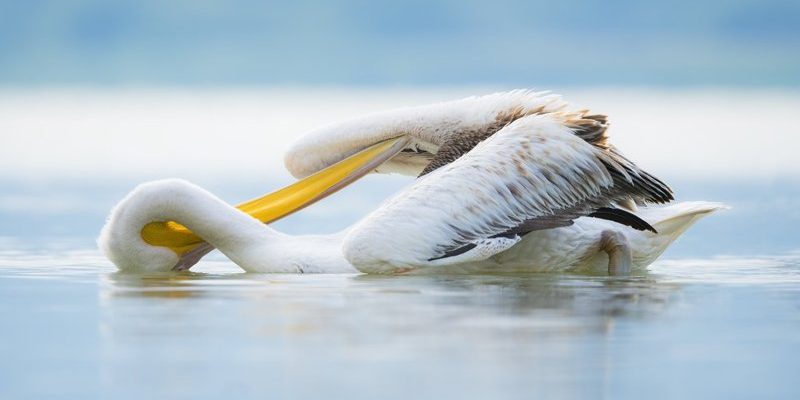
In this article, we’re diving deep into the incredible role pelicans play in different cultures and their accompanying folklore. This may be surprising, but these birds are more than just a pretty sight—they have histories and meanings that reflect the values and beliefs of communities. So, grab your favorite drink, and let’s chat about how pelicans have captured the imaginations of people everywhere.
Cultural Significance of Pelicans
Pelicans have long been celebrated in folklore and cultural stories, resonating across oceans and continents. In many cultures, they are seen as symbols of selflessness and sacrifice. For instance, in some Native American traditions, pelicans are believed to embody generosity, often depicted as nurturing figures that provide for their young in times of need. Their unique feeding habits, where they catch fish and share with their young, illustrate this characteristic vividly.
You might find it fascinating that in ancient Egypt, the pelican was often associated with the goddess Isis, a symbol of motherhood and rebirth. In many depictions, the pelican is shown feeding its chicks, reflecting the nurturing aspect of motherhood. This connection to fertility and sustenance highlights the bird’s importance in the ecosystem and mythology. It’s interesting to see how a simple bird can represent such deep, powerful themes in various cultures.
Folklore Tales Featuring Pelicans
Let’s talk about some captivating stories where pelicans take center stage. In various coastal communities, folklore is rich with tales of pelicans as guardians of seafarers. One popular story tells of a pelican guiding lost fishermen back to shore, using its keen sense of direction and strong wings to lead them safely home. This idea paints the pelican as a protector, showcasing a blend of admiration for nature and storytelling.
Another intriguing tale comes from the Mediterranean region, where pelicans are often depicted as messengers of good fortune. According to local legends, spotting a pelican can signal a change in fortune, perhaps a bountiful catch for fishermen or a safe journey across turbulent waters. Such stories encapsulate the reliance communities have placed on the natural world and the birds’ symbolic connection to their livelihoods.
Pelicans in Art and Literature
Throughout history, pelicans have also inspired artists and writers. In literature, they often symbolize spiritual nourishment and community. For example, in Christian symbolism, the pelican is known to represent Christ in the act of self-sacrifice, reflecting the belief that the sacrificial act provides for the community. This imagery is often seen in medieval art, where pelicans are portrayed with their young, showcasing their role in sustaining life.
Artists have often captured the beauty and grace of pelicans in paintings, sculptures, and folk art. Their unique features, like the large bill and striking wings, lend themselves well to various interpretations and styles. Imagine walking through a gallery filled with vibrant depictions of pelicans soaring over the ocean or gently landing on the shore; it’s enough to inspire anyone to appreciate these magnificent birds.
Pelicans as Natural Symbols
Beyond folklore and art, pelicans serve practical roles in their ecosystems, which communities have acknowledged for centuries. These birds are natural indicators of ecosystem health. Their presence often signals that fish populations are thriving. This connection between pelicans and the marine environment highlights how cultures have drawn wisdom from observing nature.
In many fishing communities, the lifestyle and practices revolve around the migration and feeding patterns of pelicans. Fishermen often use the sight of pelicans diving into the water as a sign of where to cast their nets. This relationship showcases a unique bond between humans and wildlife, illustrating how interdependent we are on the natural world. It’s fascinating how something as simple as a bird can influence local economies and traditions in such a meaningful way.
Pelicans in Modern Culture
In contemporary culture, pelicans continue to be embraced and celebrated. They have become mascots for various coastal towns and are featured in festivals and public artworks that honor their significance. For example, in towns along the Gulf Coast, pelican-themed events often include parades, art shows, and educational programs about marine conservation. These celebrations foster community spirit and raise awareness about protecting local ecosystems.
Moreover, pelicans appear in children’s books and educational materials, often used to teach important lessons about nature, wildlife preservation, and interconnectedness. This modern portrayal helps pass down the stories and symbolism associated with pelicans to future generations, ensuring they remain a part of cultural narratives.
Conservation and the Future of Pelicans
With changing environmental conditions, the role of pelicans extends into conservation efforts. As they face threats from habitat loss, pollution, and climate change, communities are stepping up to protect these birds and their habitats. Various organizations and local groups work tirelessly to raise awareness about the importance of preserving coastlines and promoting sustainable fishing practices.
Engaging communities through education and activism is vital to ensuring that pelicans continue to thrive. Creating awareness around their ecological importance not only helps save the birds but also preserves the cultural stories and folklore that enrich local traditions. We all play a part in this—whether it’s supporting conservation initiatives, participating in community clean-ups, or simply share stories about these amazing birds.
Pelicans are more than just fascinating birds; they are rich with cultural significance, folklore, and ecological importance. From tales of their nurturing behavior to their roles as guardians and symbols in art and literature, these birds weave through the very fabric of local traditions and beliefs. As we continue to admire and learn from pelicans, let’s remember the stories they carry and the lessons they teach about community, sacrifice, and our connection to nature. Their presence not only enriches our lives but also reminds us of the responsibility we hold in protecting the environments they inhabit. So, the next time you see a pelican soaring overhead, take a moment to appreciate all the layers of meaning packed into that graceful flight.

